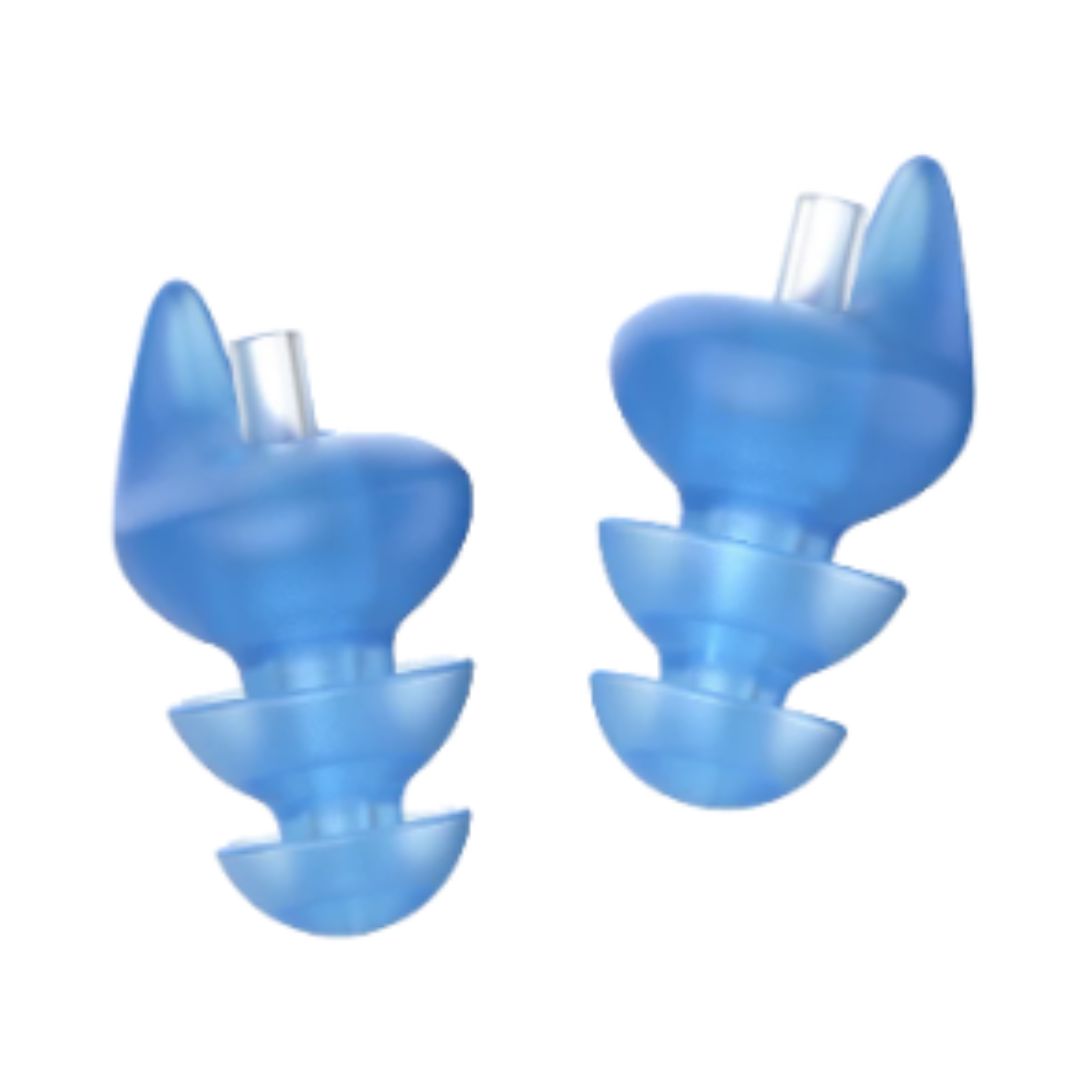How Earplugs Help with Ear Pain and Pressure During Flights: What Science Says

Air travel can be a source of discomfort for many passengers, especially when it comes to ear pain and pressure changes during takeoff and landing. The sensation of popping ears, muffled hearing, or sharp pain is common, and in some cases, it can turn an otherwise smooth journey into a painful experience. Fortunately, earplugs specifically designed for use during flights offer a simple and effective way to manage these issues. In this blog, we’ll explore how earplugs for flying work to reduce ear pain and pressure during flights, and what scientific research says about their effectiveness.
Understanding Ear Pressure During Flights
The root cause of ear pain during air travel lies in the rapid changes in air pressure that occur during ascent and descent. The human ear, particularly the middle ear, is sensitive to these fluctuations. The Eustachian tube, which connects the middle ear to the back of the nose and throat, plays a crucial role in equalizing pressure. When the plane climbs or descends quickly, this tube may not adjust rapidly enough, resulting in a pressure imbalance that causes the eardrum to stretch and create discomfort or even pain, a condition known as “aerotitis” or barotrauma.
Certain individuals are more susceptible to this discomfort, including children, people with colds or sinus infections, and those with narrow or congested Eustachian tubes. In severe cases, barotrauma can result in temporary hearing loss or damage to the ear’s structures.
How Earplugs for Flying Work
Unlike standard foam or wax earplugs, which are designed only for noise reduction, earplugs made for flying are built to regulate pressure changes gradually. These flight earplugs are typically made with a special filter or valve that slows the movement of air into and out of the ear canal. This slower air movement gives the Eustachian tube more time to equalize pressure naturally, reducing the likelihood of pain or discomfort.
Some of the most well-known flying earplugs, such as EarPlanes or Alpine FlyFit, are made from soft silicone and have a cone-shaped design that fits comfortably in the ear. They’re reusable, easy to carry, and often come in adult and child sizes.
Scientific Evidence Supporting Earplug Use
Several studies have examined the effectiveness of earplugs in managing in-flight ear discomfort. A notable study published in the journal Aviation, Space, and Environmental Medicine found that passengers using pressure-regulating earplugs experienced significantly fewer symptoms of ear barotrauma compared to those who didn’t use them.
Another clinical trial from the American Journal of Otolaryngology tested the impact of specialized flight earplugs on individuals prone to barotrauma. The study concluded that users reported both less ear pain and a shorter duration of discomfort during descent, which is typically the most problematic phase of the flight.
Researchers have also noted that earplugs are especially beneficial when combined with other techniques, such as swallowing, yawning, or chewing gum, to stimulate the opening of the Eustachian tubes.
Additional Benefits of Using Earplugs During Flights
Besides pressure relief, earplugs also help in reducing the ambient noise inside the cabin, which averages around 85 decibels during flight. This noise can contribute to fatigue and stress, particularly on long-haul journeys. While traditional earplugs focus solely on blocking noise, flight earplugs can offer both pressure regulation and mild sound reduction, making them a preferred choice for frequent flyers.
Furthermore, flight earplugs are typically made from hypoallergenic materials, such as silicone, ensuring comfort even during extended periods of wear. Their discreet and ergonomic design makes them convenient for all age groups, including children.
Swimming Earplugs vs. Flight Earplugs: What’s the Difference?
It’s worth noting that not all earplugs are created equal. Some people mistakenly use swimming earplugs when flying, thinking all earplugs serve the same function. Swimming earplugs are designed to create a watertight seal, preventing water from entering the ear canal. They do not have the pressure-regulating filters necessary for air travel and can block airflow too effectively, potentially worsening pressure-related discomfort.
If you’re a frequent traveler, investing in a high-quality pair of earplugs specifically designed for use during flights is essential. These are engineered with air pressure regulation in mind, offering both comfort and functionality for the in-flight environment.
Who Should Use Flying Earplugs?
Flying earplugs can be helpful for:
- Frequent flyers or business travelers
- People who often experience ear popping or pain during flights
- Children over six months (with pediatrician approval)
- Individuals recovering from ear surgery
- Passengers with colds, allergies, or sinus infections
For the best results, it’s recommended to insert the earplugs before the plane begins to ascend and keep them in place until after landing. This ensures that your ears have the necessary support during both pressure transitions.
Conclusion
Earplugs specifically made for flying offer a scientifically supported, non-invasive solution to ear pain and pressure discomfort during air travel. By allowing the ears to adjust gradually to changing cabin pressure, these earplugs can significantly improve passenger comfort, especially for those prone to ear problems. While it may be tempting to use regular noise-canceling plugs or even swimming earplugs, these do not offer the pressure regulation benefits needed during flights. To truly protect your ears, especially on frequent or long-haul trips, flying-specific earplugs remain the most effective and travel-friendly option. Just as with swimming earplugs, choosing the right product for the right situation ensures both safety and comfort.



